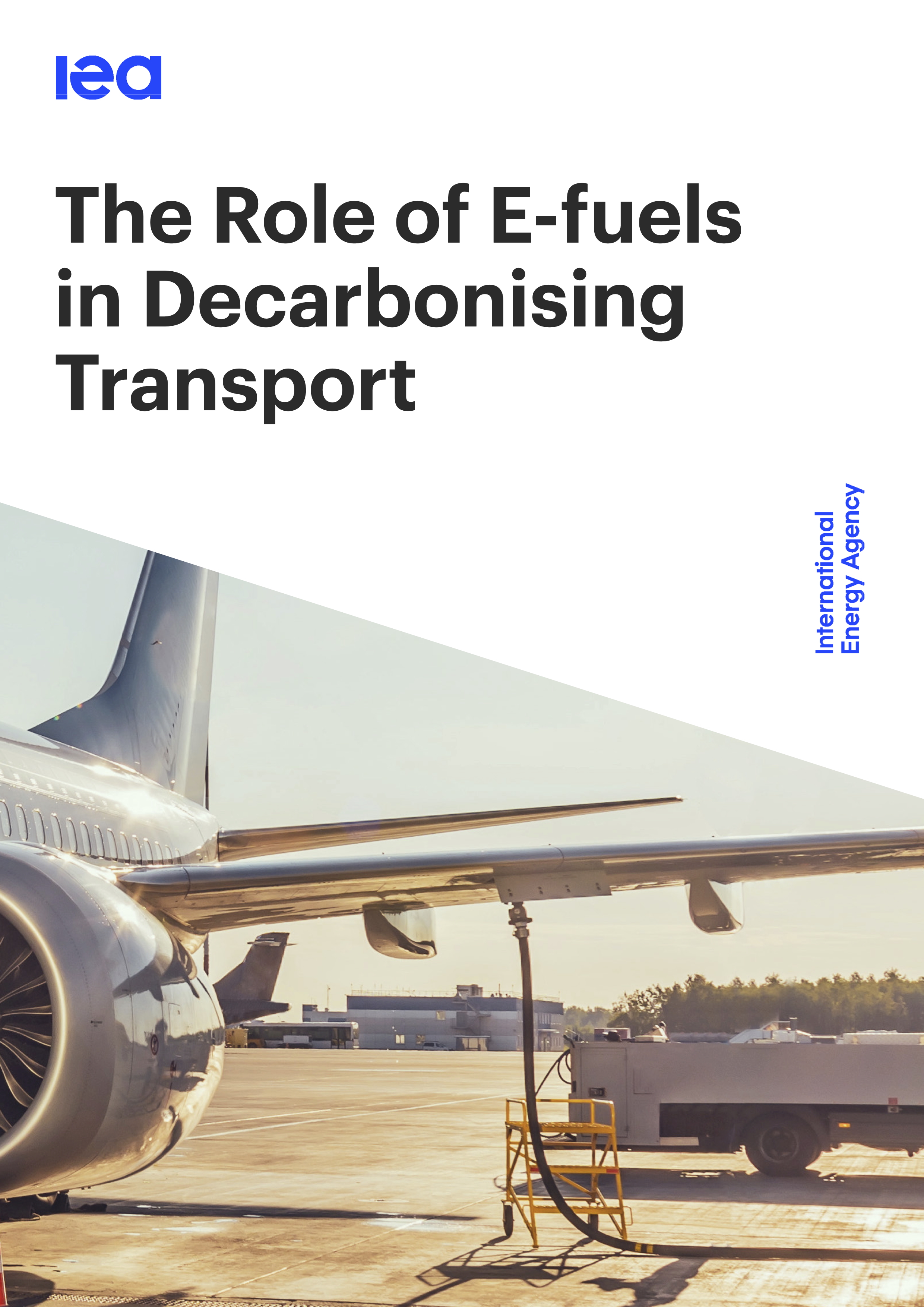EERA Bioenergy: Bioenergy, biogas and biofuels - Research and innovation gaps in the EU | 2024

The European Energy Research Alliance Bioenergy is the European Alliance for Excellent Research in sustainable bioenergy. It is currently comprising of 46 members from the bioenergy and bioeconomy fields. They have recently presented their position paper on Research and Innovation gaps in the EU. This paper was initially published in the framework of the Euopean Biomass Conference and Exihibion (EUBCE)of 2024.
Given the energy and climate goals in the region and the current status of bioenergy in Europe, EERA Bioenergy identified several key issues that require stronger research focus for the achievement of the goals. The paper provides a summary of the main bioenergy-related topics in Europe that need further research as well as recommendations regarding the way forward for European bioenergy, biogas and biofuels.
The main takeways are the following:
- Bioenergy will play an integral and inescapable part of optimised biomass valorisation strategies.This is either as a main product (bioenergy/ biofuel based biorefinery) or a secondary product (bioproducts/biochemicals/ bio-materials based refinery).
- Defossilisation means more bio-based carbon is needed. Often, an emphasis is placed on maximizing carbon yield while CO2 sequestration or biochar utilization for negative emissions are forgotten. This aspect of bioenergy is important to emphasize.
- The development of bioenergy/ biofuel system should also consider the synergies that can be achieved with bio-based materials and energy creation from biomass.This should be addressed much more, from low TRL to deployment.
- Both European non-food crops and aquatic feedstocks, agro, process and post-consumer residues should be used circularly and sustainably to meet future biomass demands in the European Circular Bio Economy. In addition, sustainably sourced non-European biomass feedstock source should be made available to fill up future European market demands. Developing the global biocommodities market will be a key factor to ensure security of supply.
- The emergence of a biofuels industry often involves significant technological changes and economic effects stretching beyond the sector itself. Computable general equilibrium models (CGE) can be used to estimate the economic effects of policy intervention for biofuels and its impact on market dynamics.
- When assessing the environmtal impacts related to bioenergy, increasing the credibility of LCA sudies will require access to company data. Proper upscalling of the product system is required to ensure that the envionmental assessments reflect commencial-scale conditions
- Enhancing the public knowledge, awareness and social acceptacent of bioenergy in Europe will lay the foundations for increasting the market share of bioenergy/biofuel production systens.
In this paper, the main R&D&I gaps in the field of bioenergy, biogas, biofuels and bio-based products that need to be addressed to contribute to reaching the ambitious climate EU goals have been identified. These have been translated into sub-programmes that specialize in the research and development in the following areas:
Sub-Programme 1: Sustainable production of biomass.
- Biomass commodities.
- Mobilisation of feedstock.
- Feedstockavailability.
- Feedstock Logistics and Supply Chain Management.
- Building Integrated Biomass Supply Chains.
- Community and Stakeholder Engagement.
- Market Development and Incentive Mechanisms.
- Techno-Economic Analysis.
- Continues Improvement and Innovation.
- Innovative cropping systems.
- Safety issues for biomass storage.
Sub-Programme 2: Thermochemical platform.
- Ramp up the deployment of advanced biofuels.
- Thermochemical bio-refineries.
- Flexibility to increase the resilience of the overall energy system.
- Next-generation biomass pellets via mild thermochemical conversion of biomass.
Sub-Programme 3: Biochemical platform.
- Next-generation biorefineries for the treatment and transformation of lignocellulosic biomass in integrated schemes via cascade-type processes.
- Quality and price of the obtained bio-based products.
- Development of new fermentation routes.
- Optimise the pretreatments and operating conditions of the anaerobic digestion.
Sub-Programme 4: Stationary bioenergy.
- Optimisation of energy performance and emissions.
- Utilising existing combustion infrastructure.
- Innovation oxy-combustion in stationary bioenergy for CO2 capture.
Sub-Programme 5: Sustainability/techno-economic analysis and public acceptance of bioenergy.
- Socio-economic impacts at community/household level and societal engagement.
- The use of CGE models to understand macro- economic implications of bioenergy.
- Further economic modelling approaches.
- Bioenergy in Europe: societal engagement and governance.
- Environmental sustainability.
- LCA for bioenergy.
- Sustainability criteria in the revised RED.
- Phasing out of first-generation biofuels worldwide and switching toadvanced biofuels based on lignocellulose.
- Environmental impacts: hydrogen and/or CO2.
Read the full Position paper by downloading it here.

 Download hereVisit Website
Download hereVisit WebsiteRecente artikelen
IEA: Delivering Sustainable Fuels: Pathways to 2035

IEA: The Role of E-fuels in Decarbonising Transport (revised version)

Platformreactie publieke consultatie Besluit energie vervoer 2026-2030

